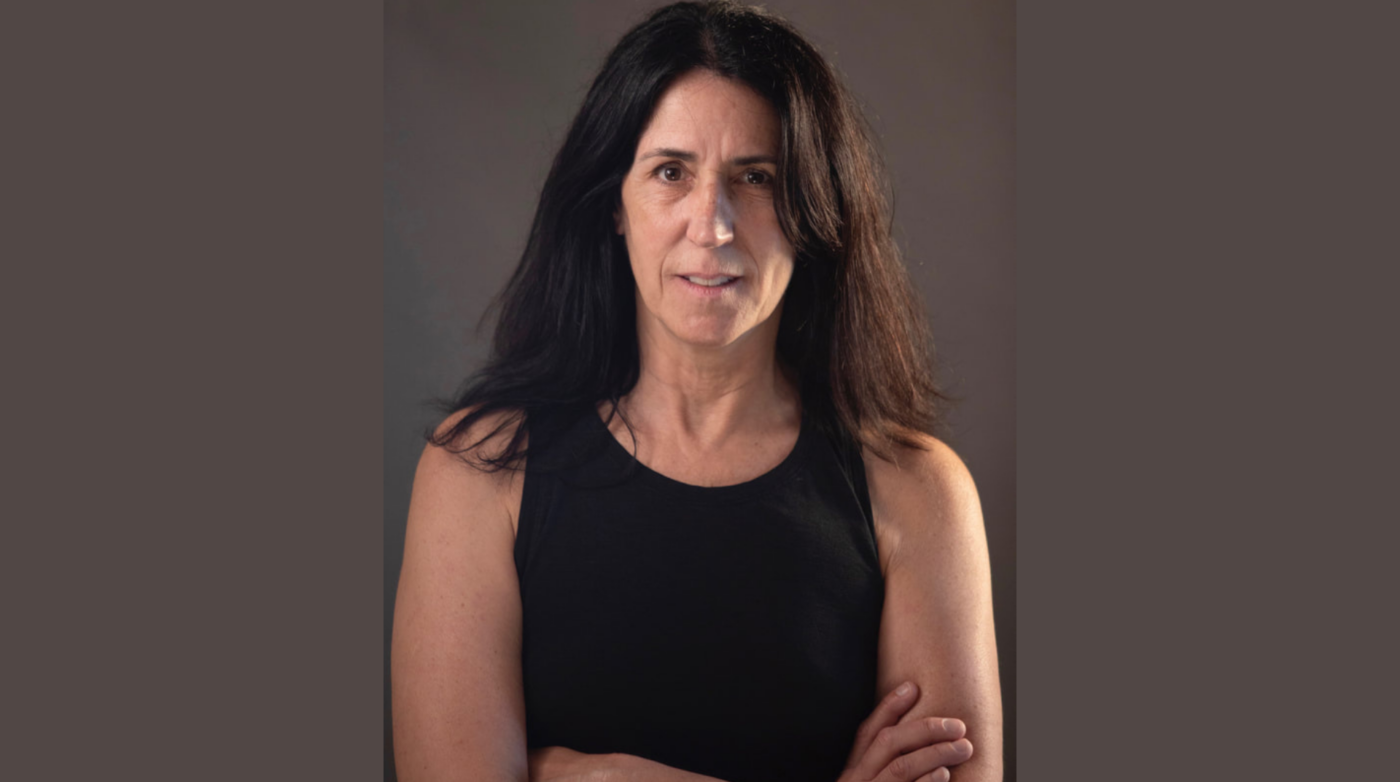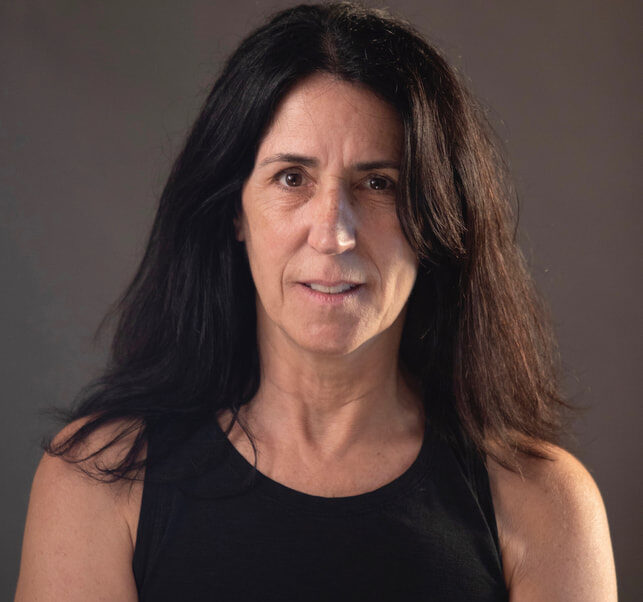
“I’ll always remember some of the music,” a review of Margaret Young’s How Else Can We Know What’s Beautiful?
In her poem, “Pokeweed’s All,” Margaret Young writes,
This much-too-muchness: magenta bracts
the berries dangle from, pink as the T-Mobile
lady’s dress and motorcycle . . . .
Young’s masterful placement of sound and image, of nature and man-made, creates a sonic-scape firmly wedded to the land. A poet who lives in Beverly, Massachusetts, Margaret Young has always amazed me with her ability to weave poetic sounds and rhythms with the most “ordinary” of images, elevating them with her prowess. Her earlier collections, Willow from the Willow and Almond Town, made me a fan of her work. As I was reading Young’s latest collection, How Else Can We Know What’s Beautiful?,” I found myself reading her lines out loud, just to delight in the ways they felt in my mouth. These are physical poems of action, landscape, and sound.
The opening poem, “Ritual,” answers the question posed by the book’s title, when the poet instructs us to “Mark a circle on the earth.” The speaker goes on, enchanting us with images that go deep into the ground, into the past,
Sleep a while with worms
in your hair, grit in your socks,
paintings of bones inside your brain.
With perfect assonance and rhythm, Young places us in the United States, by “Plum Creek, Black River, Allegheny. / The Mystic. The Merrimack.” She also utilizes Americana and pop culture to instruct us how “to love American light.” Young draws from an American landscape that spans fast food, movies, and popular music: Carl’s Jr., Revenge of the Nerds 2, and Arcade Fire. I loved how Young embraced the quotidian landscape, the one where we are reminded that we are all a part of this world, of this time. I know this America.
There’s a delicate balance throughout this book, of the reality of this country, as well. In the prose poem, “The Last Dance of the Animatronic Bears,” the speaker tells us that
We are poured one small drink each, not so much to numb the
pain as for the picture made by liquid twinkling in our glasses
and raised hands.
Young’s poem, “Origins,” with its lovely, long, Whitmanesque lines, is structured to hold the heft of images, while maintaining metrical control.
I’ve come here from a bike shed, a cloudscape, a lawn strewn with sycamore leaves
I was born on stolen ground with renamed rivers, plains scraped and ridged by glaciers
I don’t remember what I first saw, but there were smells of garlic rubbed
into a wooden bowl, of Keri lotion and pipe tobacco
I remember popsicles melting on a little metal table, a pink balloon in an elevator . . .
“We all have regrets,” Young writes, “How Else Can We Know What’s Beautiful?” I will return to this collection for its beauty and its insistence on this beauty, and also for its assurance that
You’ll understand someday,
says the dirt.
Cool dirt, says the dirt.
Over here, says the horizon.
How Else Can We Know What’s Beautiful?, Margaret Young, Main St. Rag Publishing Co., 2024.
Review by Jennifer Martelli of the Thursday Poets






